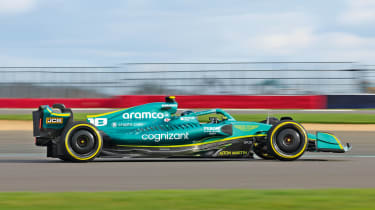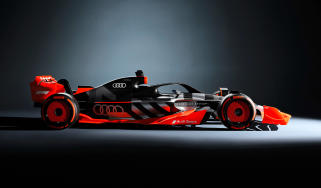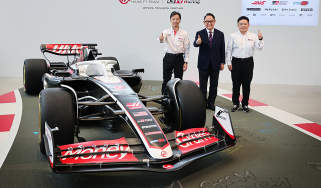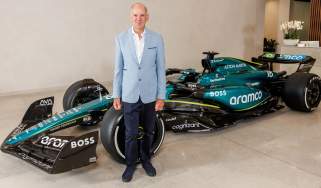Aston Martin F1 team announces Honda engine partnership from 2026
The Formula 1 grid will undergo a shake-up for the engine regulation change in 2026, with Honda departing Red Bull Powertrains and joining Aston Martin

It may be more than two seasons away, but Formula 1 teams are preparing for the revised 2026 powertrain regulations that will mark the biggest shift since turbo V6 hybrid engines were introduced in 2014. To support its bid to move up the grid – which it has done so impressively in 2023 – Aston Martin will adopt Honda powertrains to become a works team, ending its supply agreement with Mercedes.
The news comes following Red Bull’s recently announced partnership with Ford, which will assist the F1 team’s powertrain department in developing a next-generation power unit for 2026. Red Bull Powertrains currently operates in collaboration with Honda, but having failed to reach a deal beyond 2025, the Japanese firm will join Aston Martin.
Aston Martin has made great strides this year under Lawrence Stroll’s ownership and technical direction from former Red Bull aerodynamicist Dan Fallows, with the opportunity to grow further as a works team with Honda. Aston Martin will now have input on the packaging and layout of the 2026 powertrain to coincide with its car design philosophy – until 2026, the team will use componentry from Mercedes, including the Brackley team’s power unit, gearbox and rear suspension.
The Honda deal could also spark a future move for Yuki Tsunoda in 2026, whose fine 2023 form may have caught the attention of Aston Martin – the prospect of a Japanese driver racing under the Honda banner could offer huge marketing potential. Speaking on the announcement, Honda CEO Toshihiro Mibe said: ‘Honda is a company that has a history of growing by taking on challenges and winning world-class races. With the new 2026 regulations, the key for winning will be a compact, lightweight, and high-power electric motor with a high-performance battery capable of handling high and swift power output, as well as the energy management technology’.
The new power units will continue to generate more than 1000bhp, but with an enhanced electrical element and improved efficiency. The kinetic motor generator unit will offer nearly triple the output of the current component, enabled by stronger energy recuperation under braking. The combustion engines will be compact 1.6-litre turbocharged V6 units as before, but they will use 30 per cent less fuel over a race distance, and the fuel itself will be fossil-free and supplied by Aramco.
The new regulations have already drawn the likes of Audi into Formula 1, which will use the new regulations as a reset to hit the ground running as an engine supplier and title sponsor for Sauber in 2026.








